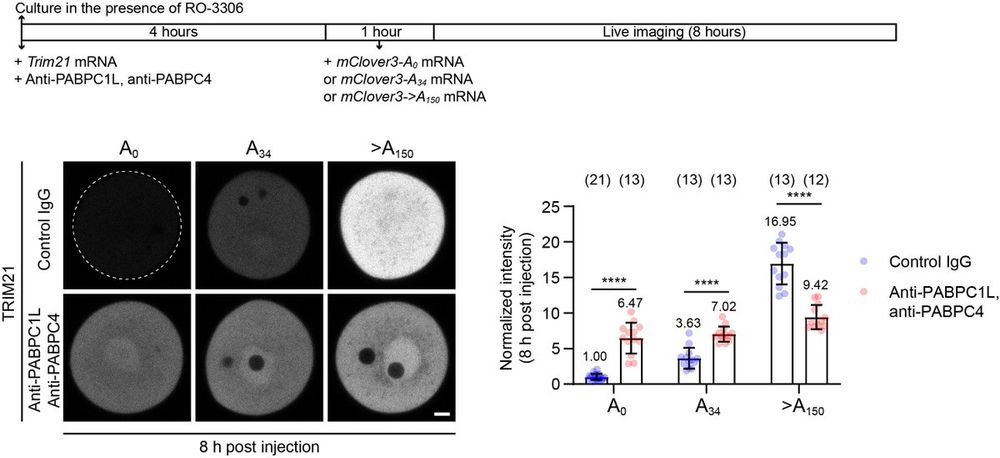
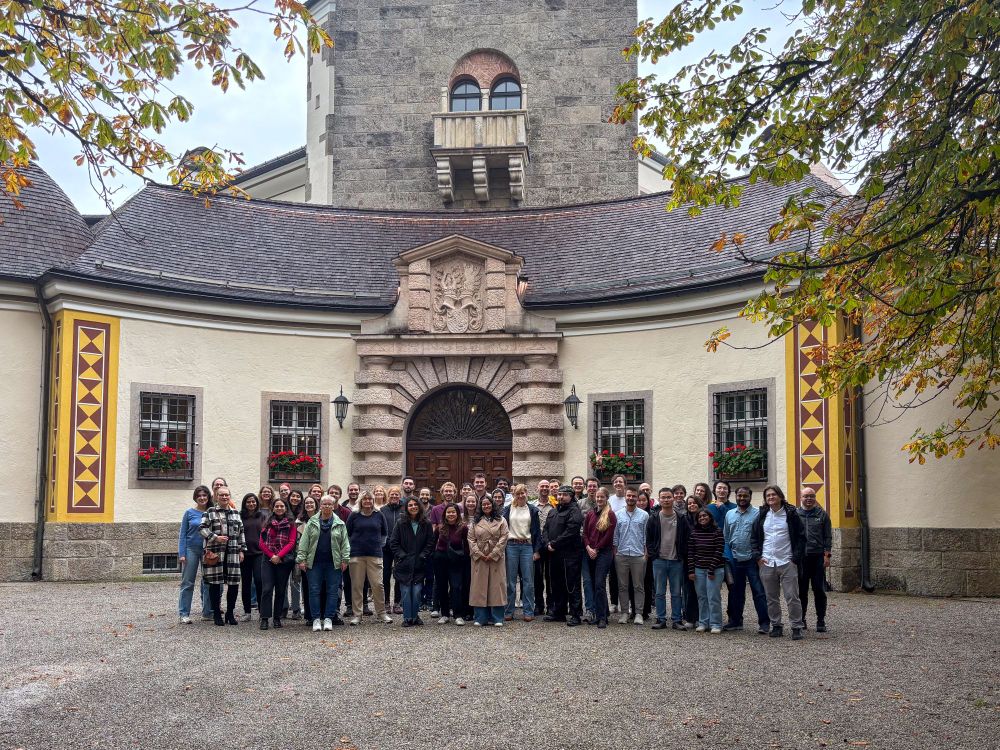




Honored to receive the Falling Walls Science Breakthrough 2025 (Life Sciences) — for our team’s live ovulation imaging.
Thanks to Tabea Lilian Marx, Christopher Thomas & our lab!
www.mpinat.mpg.de/5118437/pr_2...
#FallingWalls #ScienceSummit25 #ScienceBreakthroughs
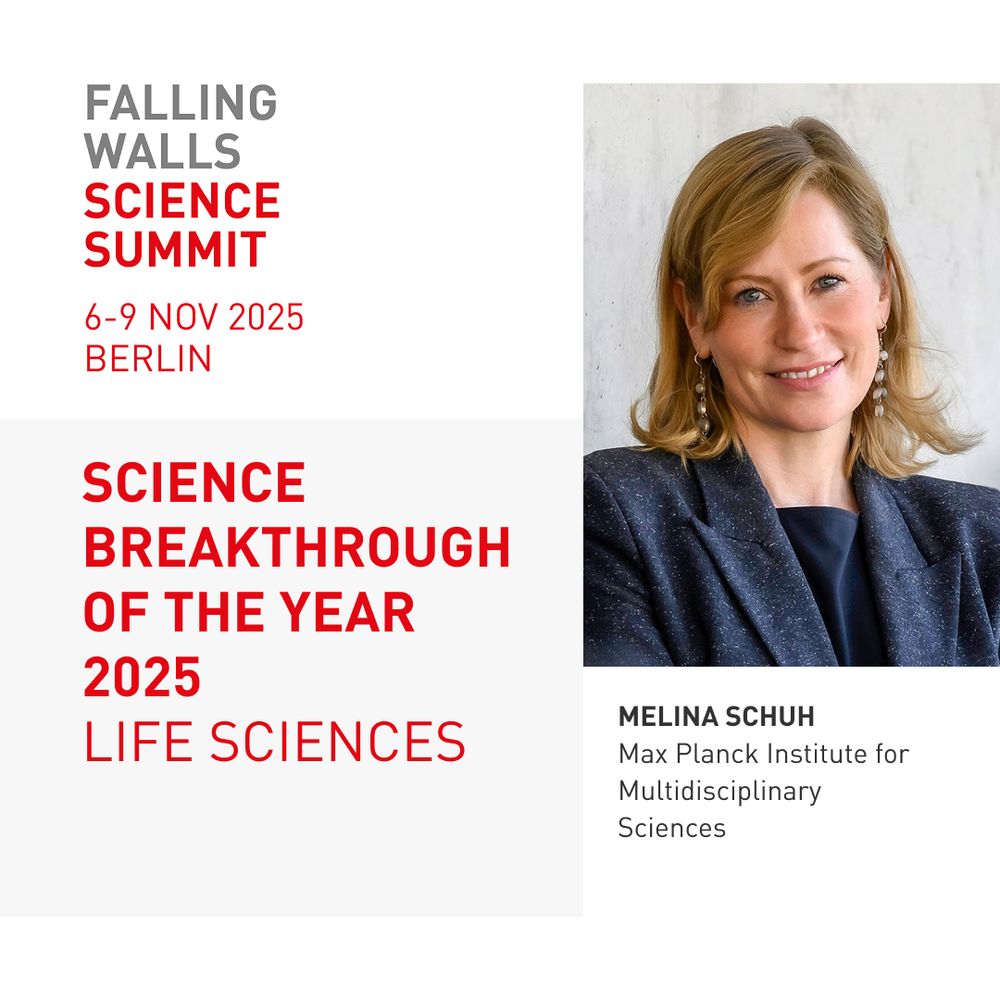
Honored to receive the Falling Walls Science Breakthrough 2025 (Life Sciences) — for our team’s live ovulation imaging.
Thanks to Tabea Lilian Marx, Christopher Thomas & our lab!
www.mpinat.mpg.de/5118437/pr_2...
#FallingWalls #ScienceSummit25 #ScienceBreakthroughs
Welcome to your thirties, Kevin! 🧹🎂🥳




Welcome to your thirties, Kevin! 🧹🎂🥳
Congratulations to Melina for this well-deserved honor! 🎉
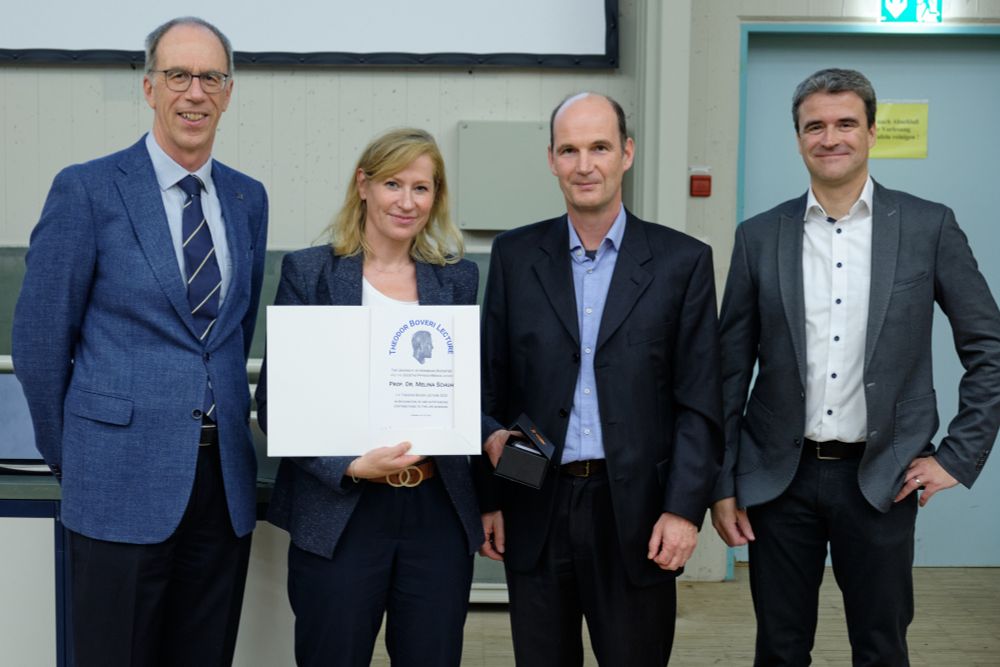
Congratulations to Melina for this well-deserved honor! 🎉


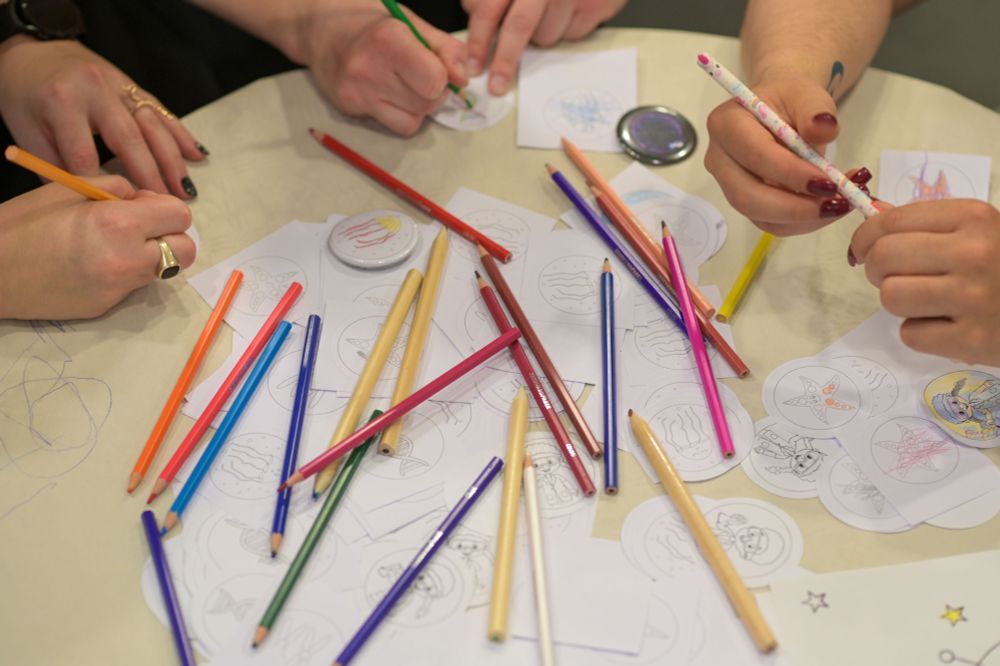
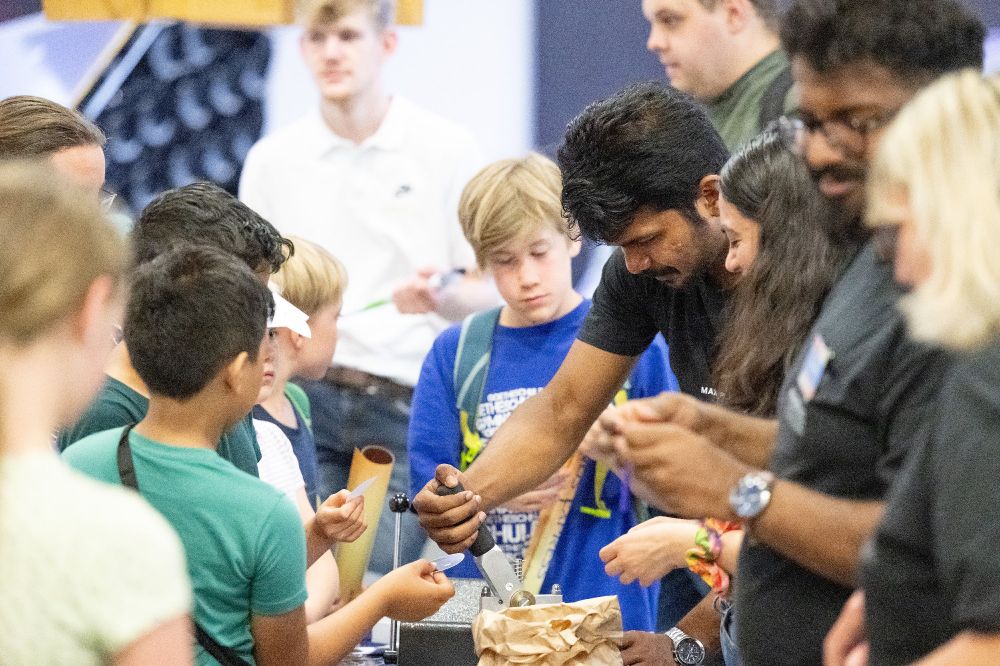
Congratulations on sucessfully finishing - well done! 🎉
#researchtogether #posterpresentation
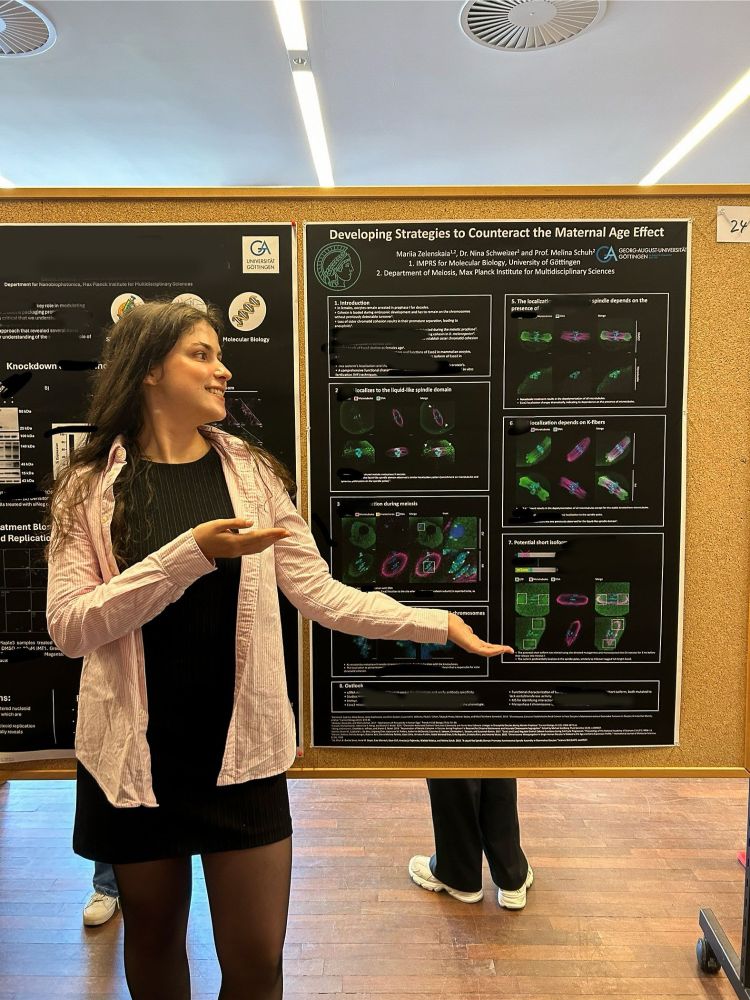
Congratulations on sucessfully finishing - well done! 🎉
#researchtogether #posterpresentation
www.uni-goettingen.de/rtg2756




www.uni-goettingen.de/rtg2756
We're excited to welcome @palmrinmoy.bsky.social as a new postdoc in the Schuh Lab 🎉He completed his PhD in the Torres-Padilla lab @www.helmholtz-munich.de, studying early embryonic development. Now, he'll investigate long-lived proteins in oocytes. Great to have you here!

We're excited to welcome @palmrinmoy.bsky.social as a new postdoc in the Schuh Lab 🎉He completed his PhD in the Torres-Padilla lab @www.helmholtz-munich.de, studying early embryonic development. Now, he'll investigate long-lived proteins in oocytes. Great to have you here!

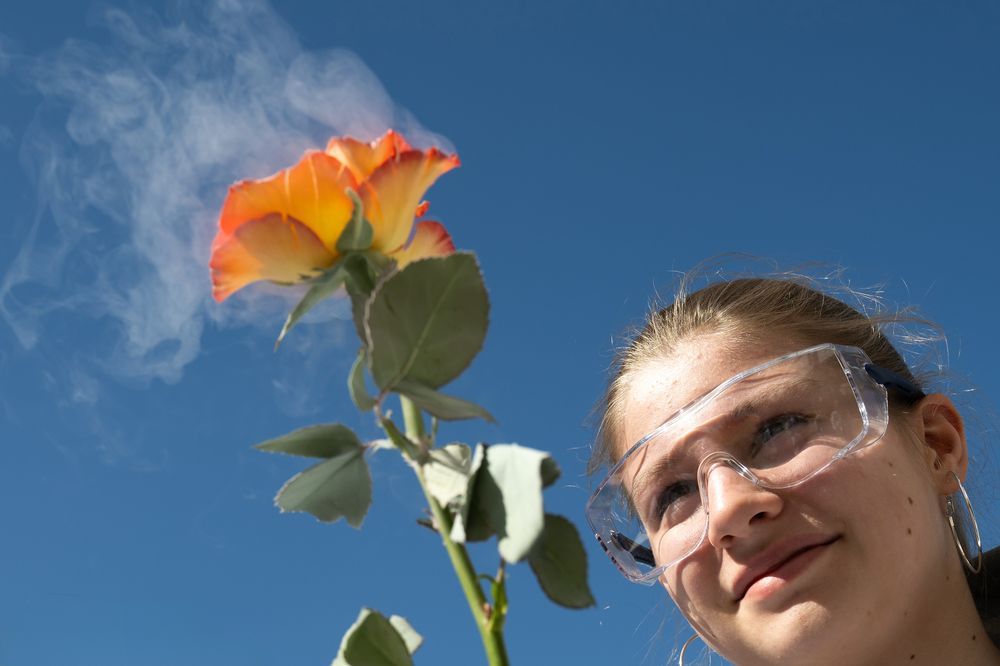


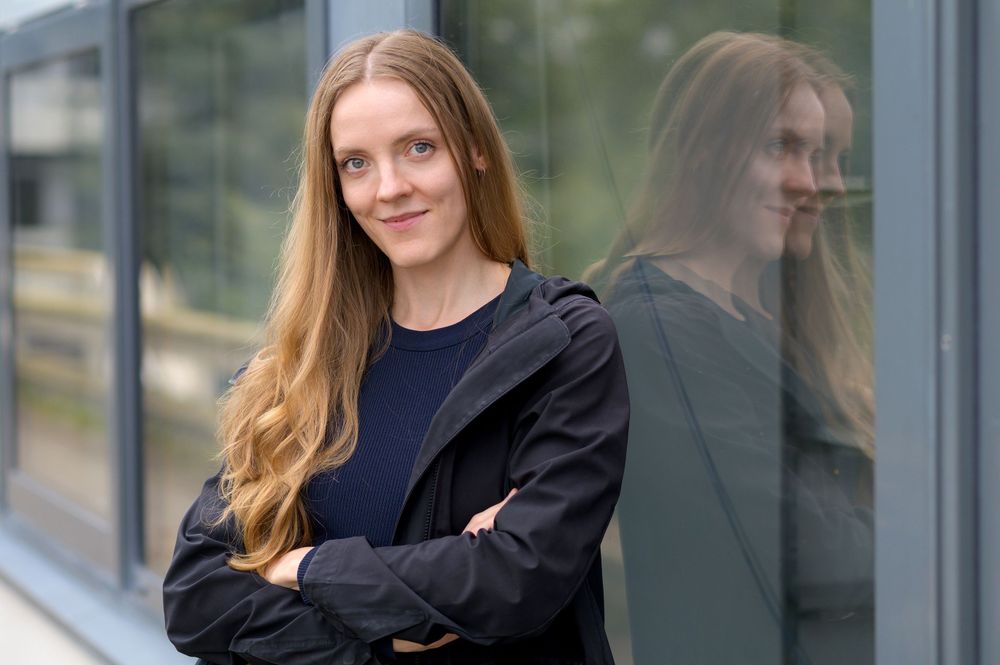



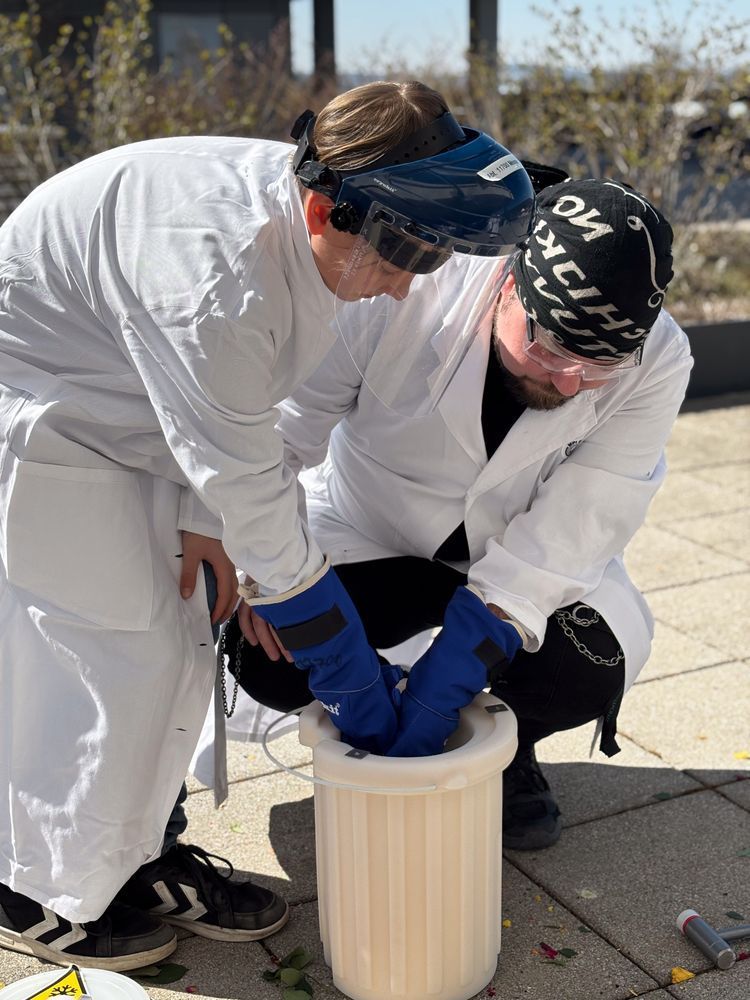

Their unique shape and reduced cohesion create challenges during oocyte division, increasing error rates. (8/9)

Their unique shape and reduced cohesion create challenges during oocyte division, increasing error rates. (8/9)
This reduced cohesion likely makes them more vulnerable to age-related aneuploidy. (7/9)

This reduced cohesion likely makes them more vulnerable to age-related aneuploidy. (7/9)
This confirms that chromosome shape influences mis-segregation across species, including humans. (6/9)

This confirms that chromosome shape influences mis-segregation across species, including humans. (6/9)
This highlights the structural challenges these chromosomes face during division. (5/9)

This highlights the structural challenges these chromosomes face during division. (5/9)
The small arm of acrocentric chromosomes partially covers the kinetochore in meiosis I, making correct attachments harder. (4/9)

The small arm of acrocentric chromosomes partially covers the kinetochore in meiosis I, making correct attachments harder. (4/9)
Turns out shape matters! But how? (3/9)
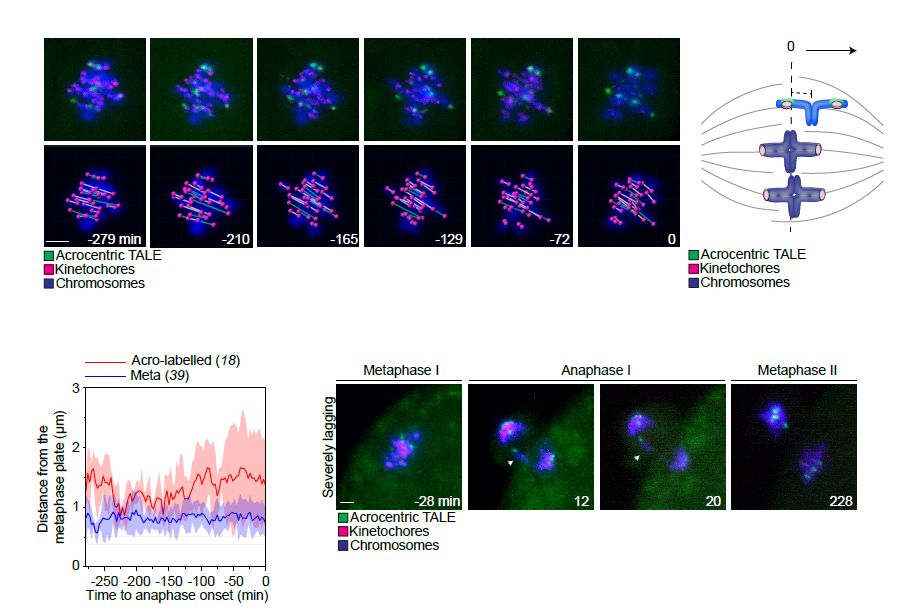
Turns out shape matters! But how? (3/9)
Using sequence-specific tags, we tracked these chromosomes to understand how their shape influences segregation. (2/9)
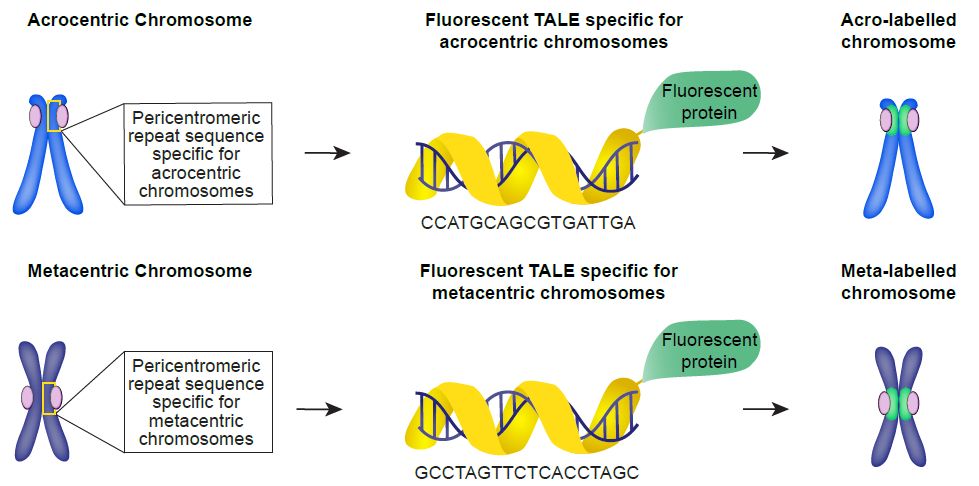
Using sequence-specific tags, we tracked these chromosomes to understand how their shape influences segregation. (2/9)
Our new study in @naturecomms.bsky.social reveals why acrocentric chromosomes often mis-segregate, causing aneuploidy and miscarriages. (1/9)
www.nature.com/articles/s41...
Our new study in @naturecomms.bsky.social reveals why acrocentric chromosomes often mis-segregate, causing aneuploidy and miscarriages. (1/9)
www.nature.com/articles/s41...

